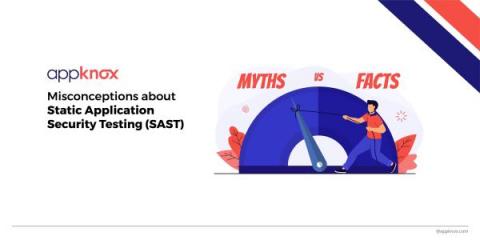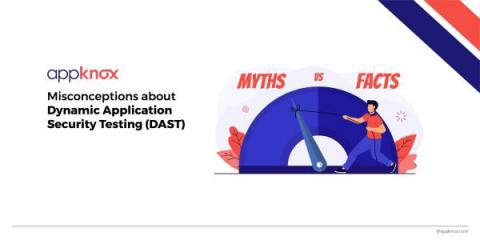SAST vs DAST: Explore different types, and examples and make the right choice.
To keep up with the ever-evolving cyber threat landscape, application security is a big challenge. Unfortunately, security is often overlooked in the modern software development and delivery framework and assumed as a luxury. Rather than taking a proactive approach, security is incorporated as a reactive approach that increases costs and makes the company suffer losses.











